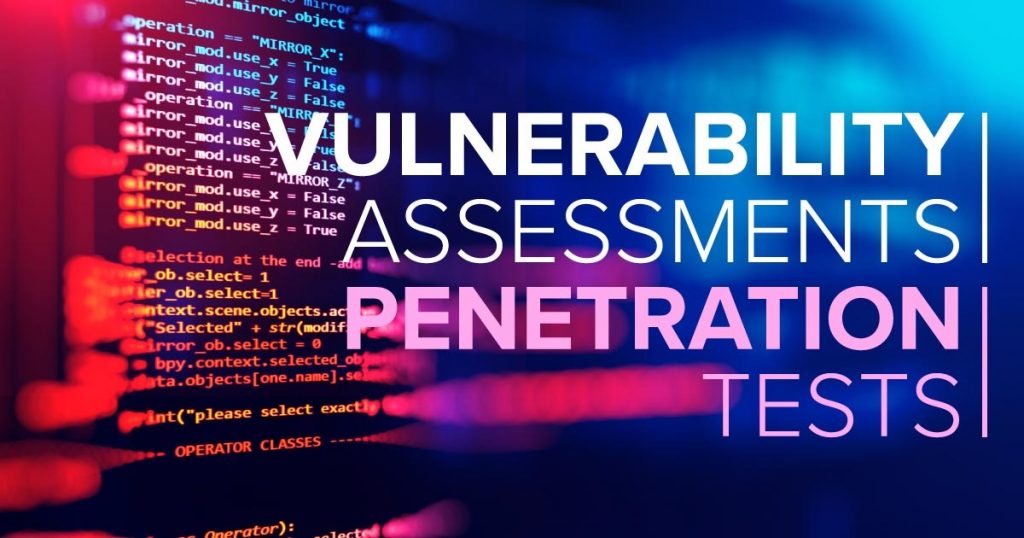Vulnerability Assessment Builds Security Continuous Improvement Into your Enterprise SDLC
Vulnerability assessments are a highly systemised way for established organisations to gain a comprehensive picture of their security posture, and then maintain and continuously improve on it. When new devices, ports, websites, web applications, or services are added, they are included in regular scans. A vulnerability assessment is a great way to identify, and eventually fix, common vulnerabilities in your applications and servers.
Most security professionals recommend that vulnerability testing is conducted at least quarterly. Our recommendation, however, given that Netsparker allows you to configure scheduled scans, is to scan much more frequently. In any case, you should conduct vulnerability tests following any significant change or addition to your web applications or web APIs. With Netsparker, if you want to, you can run scans daily, with notifications drawing your attention to detected vulnerabilities as they arise. Resources can then be deployed rapidly to deal with critical and important threats.
Penetration Testing Exposes Fragile Cracks In Your Security Architecture
Since penetration testing is so specific, it is best suited to environments where an organisation’s web and network security is considered to be already robust. Organisations may ask a tester to attempt to do something specific, such as gain access to a transactions or bank details database, or alter or delete a single record. The purpose is to reduce exposure to certain risks. Penetration testers check for weak points in the architecture. While vulnerability assessments mostly take care of software vulnerabilities, penetration testers may often use phishing, social engineering and onsite engagements in order to reach their goal. Therefore they can give a much more accurate depiction of a company’s security level. They act exactly as malicious hackers, without producing any devastating loss or alteration of data, of course! For example, a penetration tester might try to establish a connection to a remote server without being detected, in order to exfiltrate sensible data from a system. It is a useful way to demonstrate if attackers with particular objectives in mind stand a healthy chance of success. Ostensibly, though, a pen tester would conduct an endless series of attempted hacks.
The recommendation is that penetration testing is conducted at least once per year.

What Scenarios Can Help Determine the Choice of Approach?
Both vulnerability assessments and penetration tests should be run against network devices, and internal and external servers. It’s crucial to determine whether an attack is possible from the outside (for example, by a malicious attacker targeting publicly-available target surfaces on the internet) or the inside (for example, by a disgruntled employee or contractor, a user with permissions they should not have, or a compromised machine within the internal network).
Vulnerability Assessments Help Enterprises Maintain Consistent Compliance With Standards
Sometimes organisations need to work within certain parameters: they have PCI DSS or other forms of compliance to adhere to and want to test if the current architecture, systems and devices would pass the test. They may want to run a port scan or check against everything on the OWASP Top 10 List. In such scenarios, a vulnerability assessment will provide a more realistic and systematic approach. Even a very large team of developers could never comprehensively reach the end of such tests.
Penetration Testing Helps All Organisations Keep Ahead of the Hackers
Penetration testing comes at security from a different angle. Testers will uncover security risks in the same way that hackers do – by conducting attacks with a single purpose in mind, to gain access to certain data or to change something on an organisation’s website, for example. Pen testers are best commissioned with an open mind, leaving them free to conduct both requested attacks and anything else that occurs to them, depending on their professional experience.
What About the Testers?
One of the most important questions to consider, to help distinguish between vulnerability assessment and pen testing, is: Who’s conducting the testing?
Information Security Professionals Establish Internal Procedures for Continuous Improvement
Contrary to some articles on the subject, vulnerability testing is not a fully-automated process in the sense that all it takes is to push a button. The person who manages regular, automated vulnerability assessments must be already skilled and experienced in information security procedures. They must know what environments and attack surfaces to assess and what to assess them for, as automated security scanners will still require some configuration. And they must be able to interpret the resulting reports and make recommendations on what needs to be done next.
In-house security professionals responsible for vulnerability assessment continuously add value to the security status of organisations and their resources. First, they can establish a baseline. They are likely to want to establish some systems, particularly an assessment schedule and reporting. They can help raise awareness within, while facilitating a continuous reduction in security risks. Meanwhile, they will most certainly expand their own knowledge and skills. Arguably, they are much more likely to feel loyal to an organisation in which they already work.
Penetration Testers Tell It Like It Is
Penetration testers, likewise, must also be knowledgeable professionals who are confident in their abilities.
Most professionals in the field recommend that penetration testers should be independent, external professionals. They must maintain enough distance from your company or systems that they are not hampered by concerns about personal financial security, loyalty or politics. This enables then to state the blunt truth about your security status, however much it hurts!
What About Cost?
How much vulnerability testing costs depends on the scope of the engagement. For small organizations the price will be significantly lower than for a big corporation with thousands of potentially vulnerable machines, IPs and internet facing hosts.
Regardless of the cost, vulnerability assessments produce a better yield on investment. While a pen test may be a deep slice of how secure your system is, it only reveals one thing in one direction. Vulnerability assessments take the long view, investing time and resources in developing systems and procedures that will yield a solid level of security on which to further develop your systems and integrate new components.
So, Which Approach Do We Select?
Simply put, do both. Both approaches have the capability to uncover gaping holes in your security and reveal other less obvious vulnerabilities, ones you weren’t even looking for. One thing is certain, if you’re not scanning or testing, you will encounter a loss of data. The only question is when. Whether it’s a known vulnerability that you’ve not addressed, or the result of a bored hacker’s Sunday afternoon adventures (yes, it’s true, they’re not all malicious!), the result is the same.
The mature, preventative approach is to establish vulnerability testing and scanning as part of your regular SDLC, and additionally employ some unusual types to do what a hacker might do, but on friendly terms (‘white box’ pen testing). Then you can read all the reports and results, examine the recommendations and make smart decisions on how to keep your organisation’s security posture ahead of the bad guys.
You can read the original article, here.




